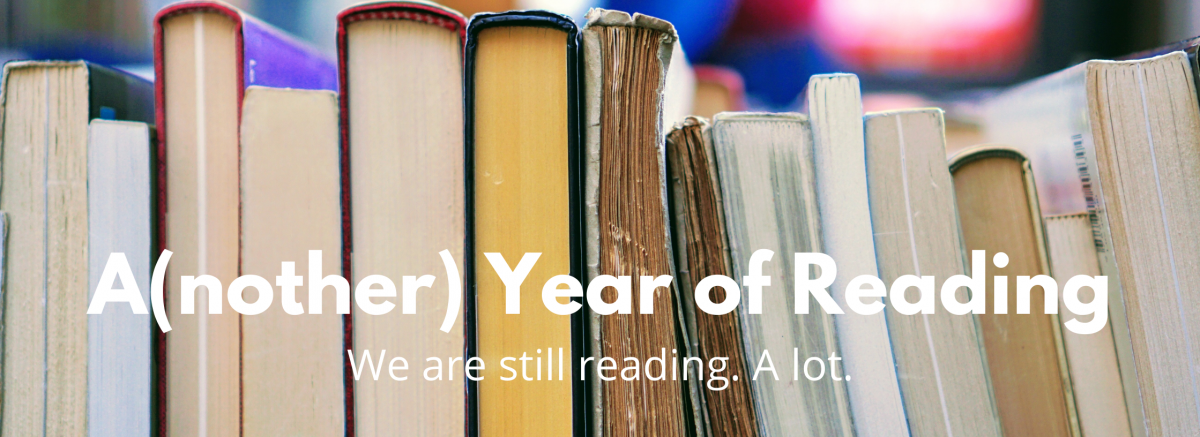
It’s like riding your bike up the street past the high school towards the swimming pool and seeing the parking lot full of cars. Which is odd, because there’s usually like three cars — just the high school lifeguards who get there early to check the chemicals and maybe vacuum some of the gravel out of the bottom of the pool after last night’s thunderstorm. Rescue a few critters and skim a bunch of crickets before the summer swim team practices.
It’s like walking up to the breezeway that’s usually silent and dark with only the bright blue of the pool on the other end to light it up and finding it buzzing with activity and the pool divided up with lane lines and decorated above with plastic banners and -bang!- there’s a starter’s gun and splashing and cheering and…
It’s like everybody else knew there was a swim meet today and you are just showing up for a regular practice.
That’s what it feels like to be tiptoeing in here on the fifth day of your big month-long swim meet of writing. I’ll just stand here in the shade by the clerk of the course while you all find your lanes and swim with your strongest strokes and team up for the relays. I’ll cheer you on and bring you bunches of cold green grapes to give you energy.
Happy March Slicing Challenge, all! May you make it to the finish line without your goggles ever fogging up!














